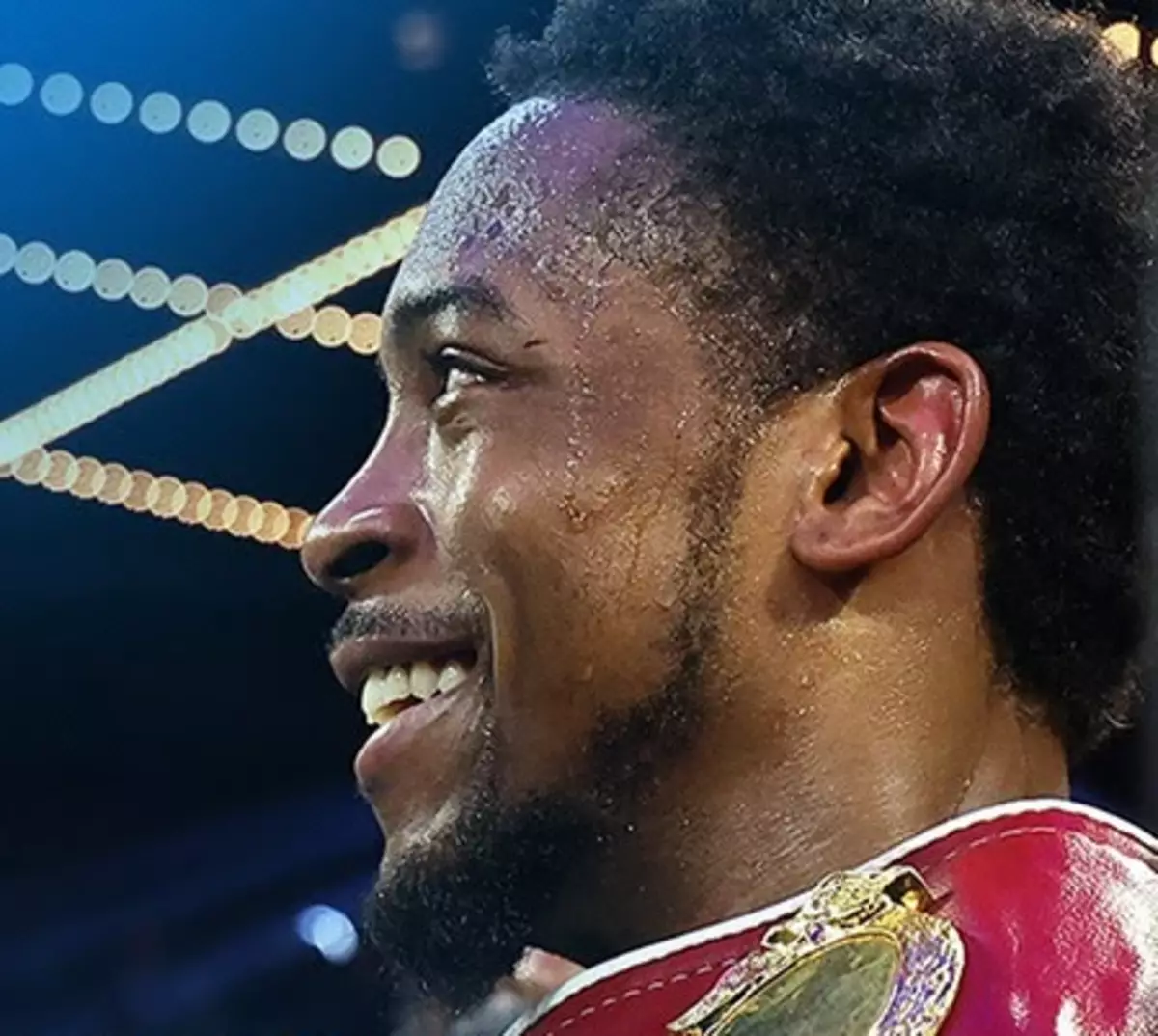Professional boxing is a unique sport that tests not only physical ability but also personal relationships. A recent shift in the attitudes of Keyshawn Davis and Shakur Stevenson, two rising stars in the lightweight division, exemplifies this. Initially, both fighters expressed an aversion to fighting each other due to their friendship. However, following a comment from Stevenson expressing interest in a lucrative fight, Davis swiftly transitioned from friendship sentiment to a business-first mindset, indicating he was open to negotiations. This moment underscores a broader trend within boxing, where the pressures of financial gain can overshadow long-standing relationships.
In the world of boxing, every fight can lead to a substantial payday, and both Davis and Stevenson recognize the financial opportunities available through skilled marketing and matchmaking. Stevenson, the WBC lightweight champion, and Davis, ranked as a top contender with an unblemished record, are both cognizant that monetary factors often take precedence over personal affiliations. Davis’s quip of “send the offer then” signals a readiness to embrace the potential riches available through a clash that might have previously been dismissed due to friendship. It’s a candid acknowledgment of how financial motivations increasingly shape decision-making in the sport.
The Manufacturing of Fighters in Modern Boxing
Davis has branded himself as ‘The Businessman,’ a moniker that reflects a strategic approach to his career. His fight selections have predominantly avoided high-risk opponents, favoring bouts that align with a calculated trajectory towards greatness without taking unnecessary risks. This approach has raised eyebrows and led some to question the authenticity of modern boxing tactics, with critics arguing that a more manufactured fighter archetype has emerged, contrasting sharply with the storied legacies of the sport. Keyshawn, while successful, may lack the exposure needed to elevate him to superstardom unless he takes bolder steps.
The Future of the Lightweight Division
Both fighters find themselves in a competitive landscape within the lightweight division, navigating challenges posed by established boxers such as Gervonta Davis and Vasily Lomachenko, the latter of whom appears to be approaching retirement. Keyshawn Davis’s reluctance to engage with certain respected opponents, like Andy Cruz, further complicates his ascent. It creates a situation where the future opportunities for meaningful bouts may hinge solely on the boxing market’s valuation of their matchup.
The dialogue between the two fighters illustrates a pivotal moment that could redefine their professional paths. Though Stevenson has pledged a commitment to not fight his “blood brother,” the mutual acknowledgment of potential monetary gain opens the door for reevaluation. It raises the question: how long can the loyalty of friendship withstand the allure of financial incentives? The potential for a high-stakes bout hangs in the balance, and while both fighters tread carefully around this issue, the unpredictability of boxing ensures that anything could happen.
The evolution of competitive relationships in professional boxing, as demonstrated by Davis and Stevenson, begs the question of whether personal bonds can endure the relentless pursuit of fame and fortune, or if they will ultimately succumb to the pressures of the sport.


Leave a Reply